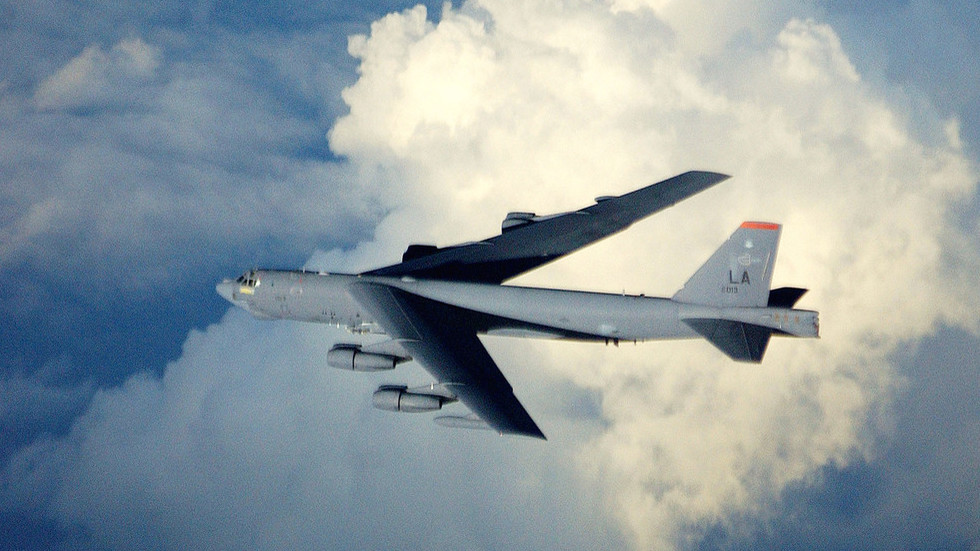The Pentagon has announced plans to deploy additional military assets to the Middle East, notably including several nuclear-capable B-52H strategic bombers. This strategic move is reportedly a response to the imminent departure of the USS Abraham Lincoln Carrier Strike Group from the region, as ordered by Defense Secretary Lloyd Austin. In addition to the B-52H bombers, the deployment will consist of extra ballistic missile defense destroyers, fighter squadrons, and tanker aircraft, reinforcing the military presence in the area amidst escalating tensions. While the Pentagon has not provided specific timelines for the arrival of these forces, the intention is to maintain a formidable defense posture in the region.
The purpose of this military buildup is twofold: to demonstrate the United States’ steadfast commitment to the defense of Israel and to promote de-escalation through a strategy of deterrence and diplomacy. The Pentagon made clear that the deployment aims to send a clear signal to Iran regarding its regional activities and provocations. In tandem with this deployment, the recent establishment of the Terminal High Altitude Area Defense (THAAD) missile defense system in Israel underscores a proactive approach against potential Iranian threats. The U.S. military is emphasizing that its moves are not just militaristic but aimed at fostering stability in a highly volatile environment.
Defense Secretary Austin has expressed a firm stance on the importance of safeguarding American personnel and interests in the region. Pentagon spokesman Maj. Gen. Pat Ryder highlighted that any actions taken by Iran or its allies targeting American assets will provoke a decisive response from the U.S. The heightened military readiness underscores the serious and immediate nature of threats that both the U.S. and its allies face in the Middle East. With ongoing conflicts and skirmishes, particularly the recent exchanges of hostilities between Israel and Iran, the situation remains extremely tense, and the U.S. aims to be prepared to defend its interests.
Tensions between Iran and Israel have recently escalated sharply, with both sides engaging in military offensives that have further complicated the already fraught geopolitical landscape. Israel conducted a series of airstrikes against Iranian interests following an Iranian missile attack earlier in October, marking a significant escalation in their mutual hostilities. The cycle of retaliation underscores a broader conflict that has roots in a long-standing distrust and animosity. With each strike, the potential for broader conflict increases, and the U.S. has keenly observed these dynamics as part of its strategic calculus in the region.
The current deployment of U.S. forces and military assets is part of a broader strategy that seeks to prevent further escalation and ensure regional stability. The U.S. has positioned itself as a key player in the Middle Eastern geopolitical landscape, aiming to balance relations while also countering threats posed by Iran and its proxies. The involvement of multiple aircraft and defense systems illustrates the seriousness with which the U.S. is treating the situation. The strategic presence also aims to reassure allies in the region, particularly Israel, of American support amidst increasing volatility.
In summary, the U.S. military’s decision to deploy additional assets to the Middle East, including B-52H bombers and missile defense systems, highlights the escalating tensions in the region, particularly between Iran and Israel. With the Pentagon emphasizing its commitment to Israel’s defense and signaling a strong deterrent posture against Iranian actions, the U.S. is navigating a complex and dangerous environment. The current situation calls for diplomatic finesse alongside military readiness, as the U.S. works to maintain stability and safeguard its interests and those of its allies in the face of potential threats.

